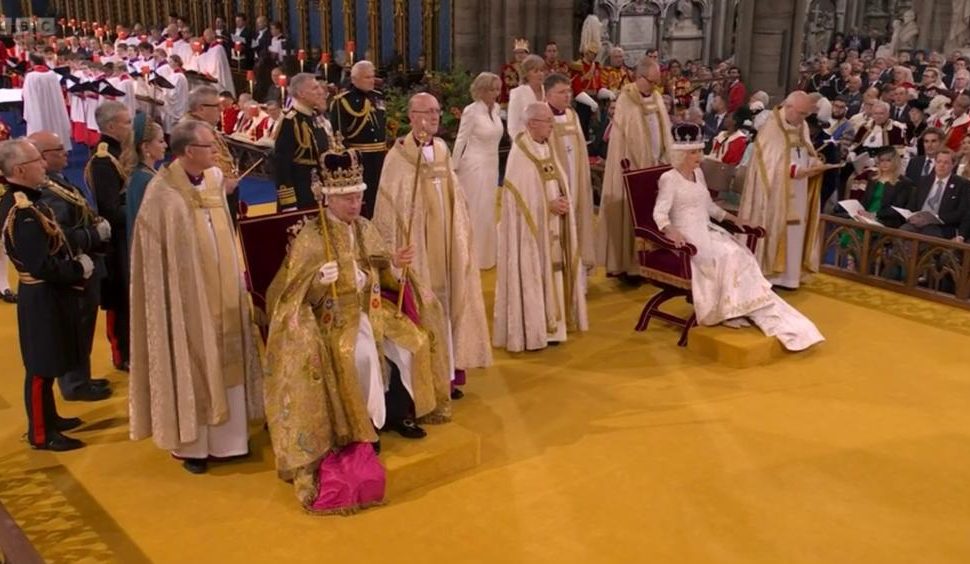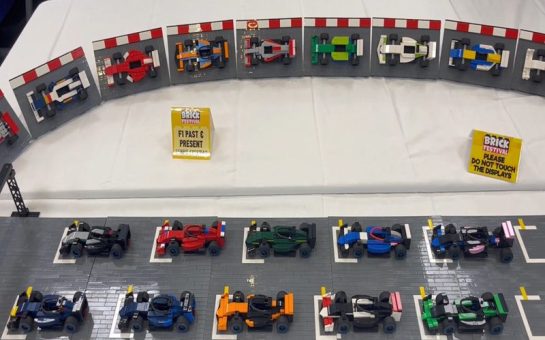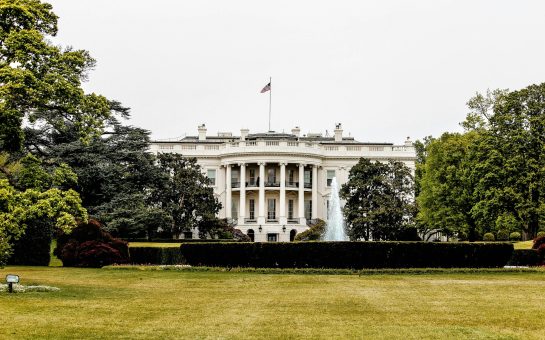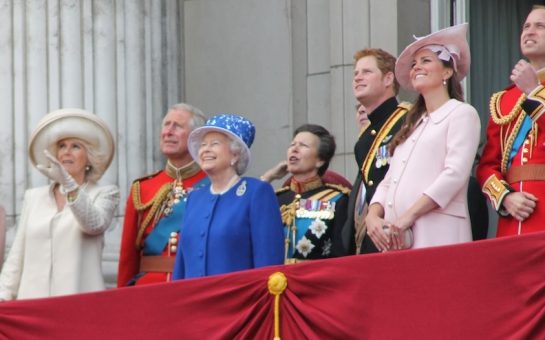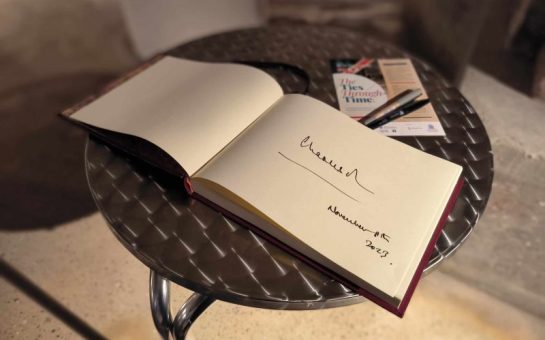The King alongside Queen Consort Camilla arrived at Westminster Abbey – the site of every coronation since 1066 – in the Diamond Jubilee State Coach wearing red velvet cloak and naval trousers.
The order of service began with the King declaring “In [God’s] name and after his example I come not to be served but to serve.”
During the “Recognition” stage of the coronation, the King was presented to the congregation by peers including Lady Elish Angiolini and a Victoria Cross awardee.
The second stage, the “Oath”, centred around the King’s “solemn promise” to govern lawfully, mercifully, and according to the Church of England.
The third stage and most sacred stage – the anointing with holy oil – then followed, during which he was divested of the robe of state and three screens were erected around him by representatives of the Household Division to shield him from public view.
The “Investiture and the Crowning” stage, which included Greek sung in the memory of late Duke of Edinburgh, saw braces presented by Lord Kamal representing muslims and the coronation’s only new garment, the stole, presented by Prince William.
With a glance either side of the King’s head as he laid down the St. Edward Crown, the Archbishop had crowned the King and fanfare from the coronation brass ensemble rang out.
For the final stage – “The Enthroning and The Homage” – the Archbishop of Canterbury and the Prince of Wales kneeled before the King and pledged their loyalty to him.
In what has been a controversial point since it was arranged, the Archbishop invited ‘those who wish to offer their support to do so,’ by prayer or by reciting a phrase as the congregation resoundingly did.
With a crown made for Queen Mary in 1911, Queen Camilla was crowned.
Featured image: BBC
